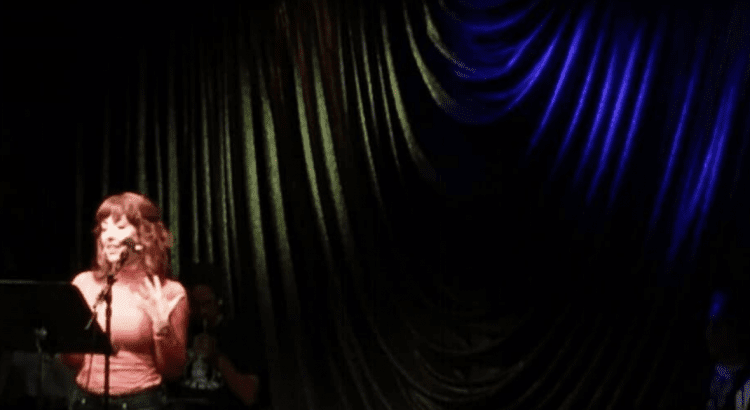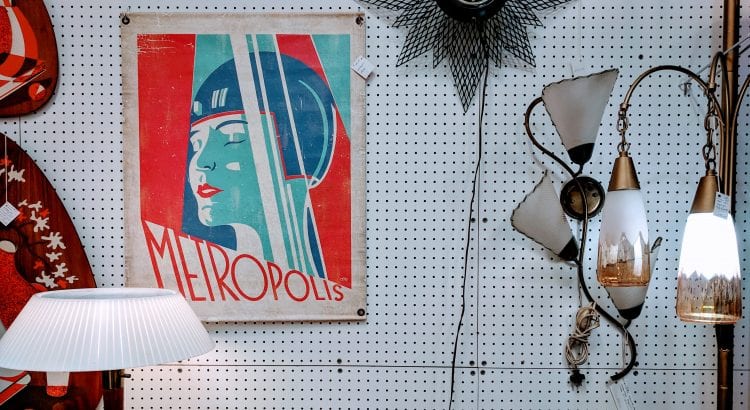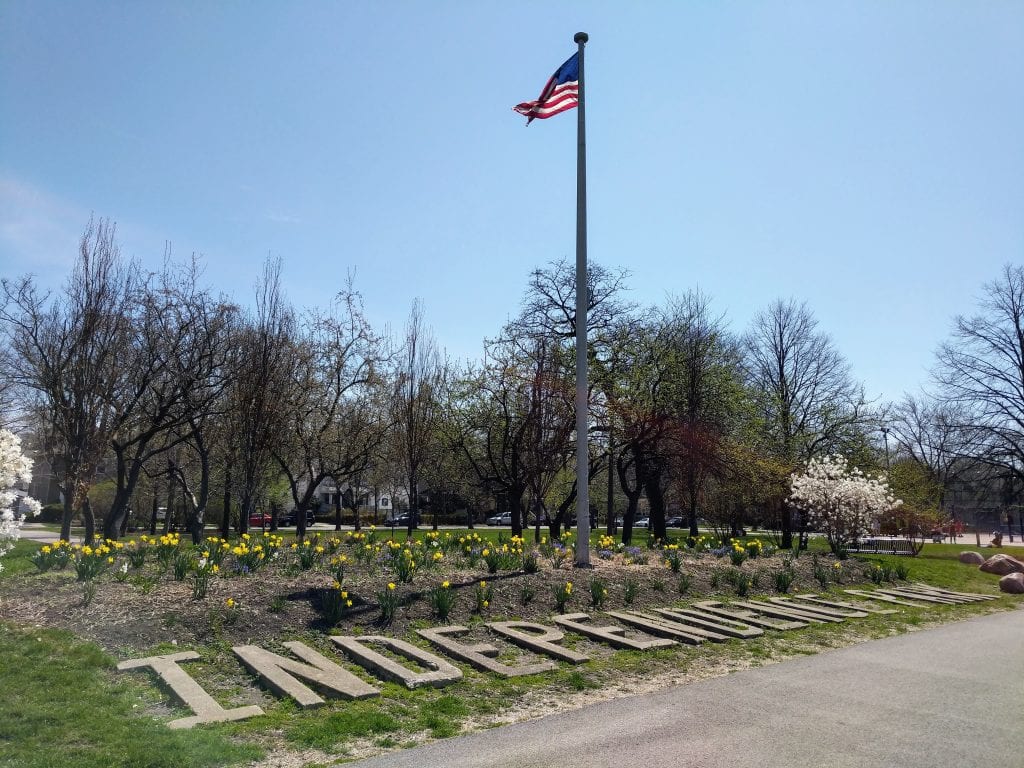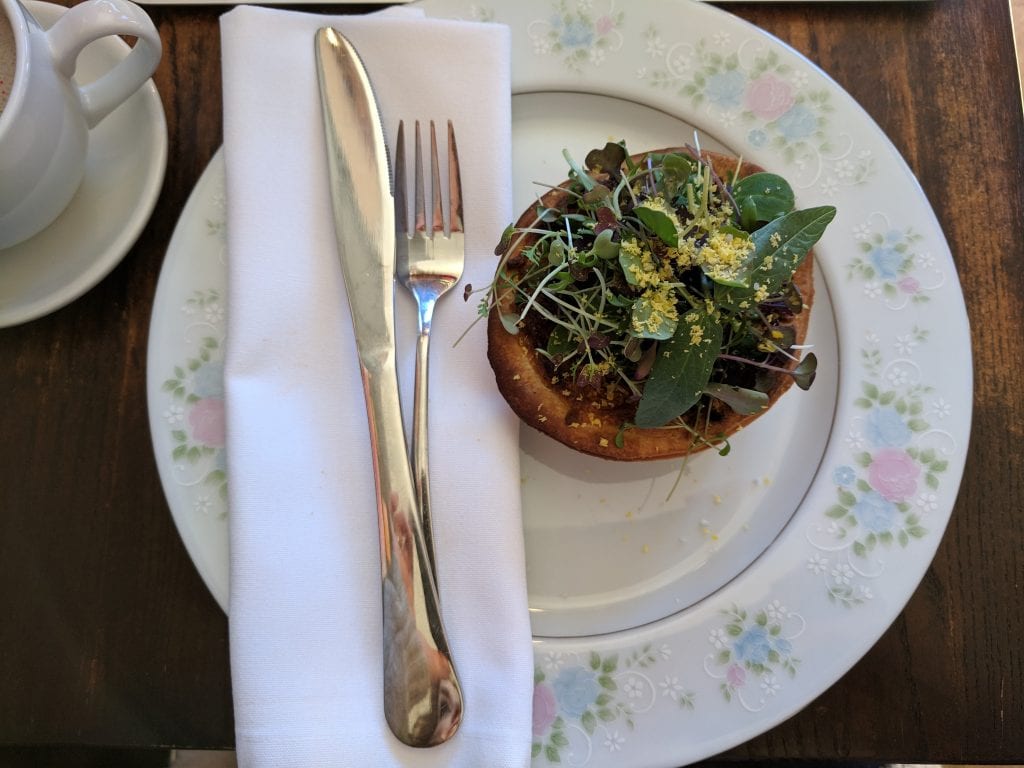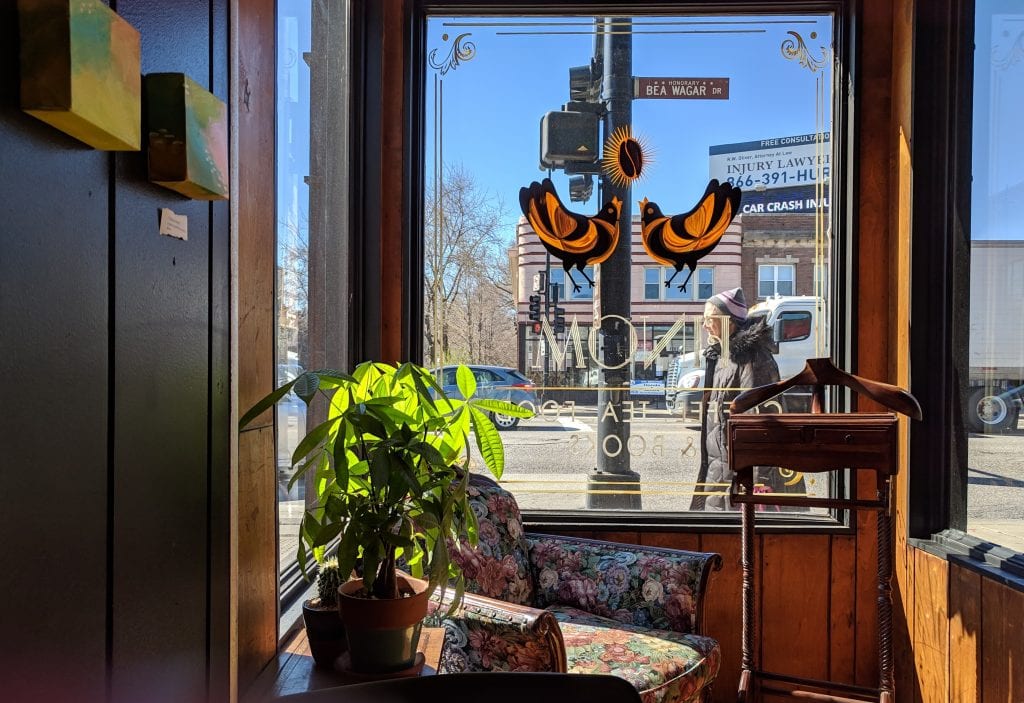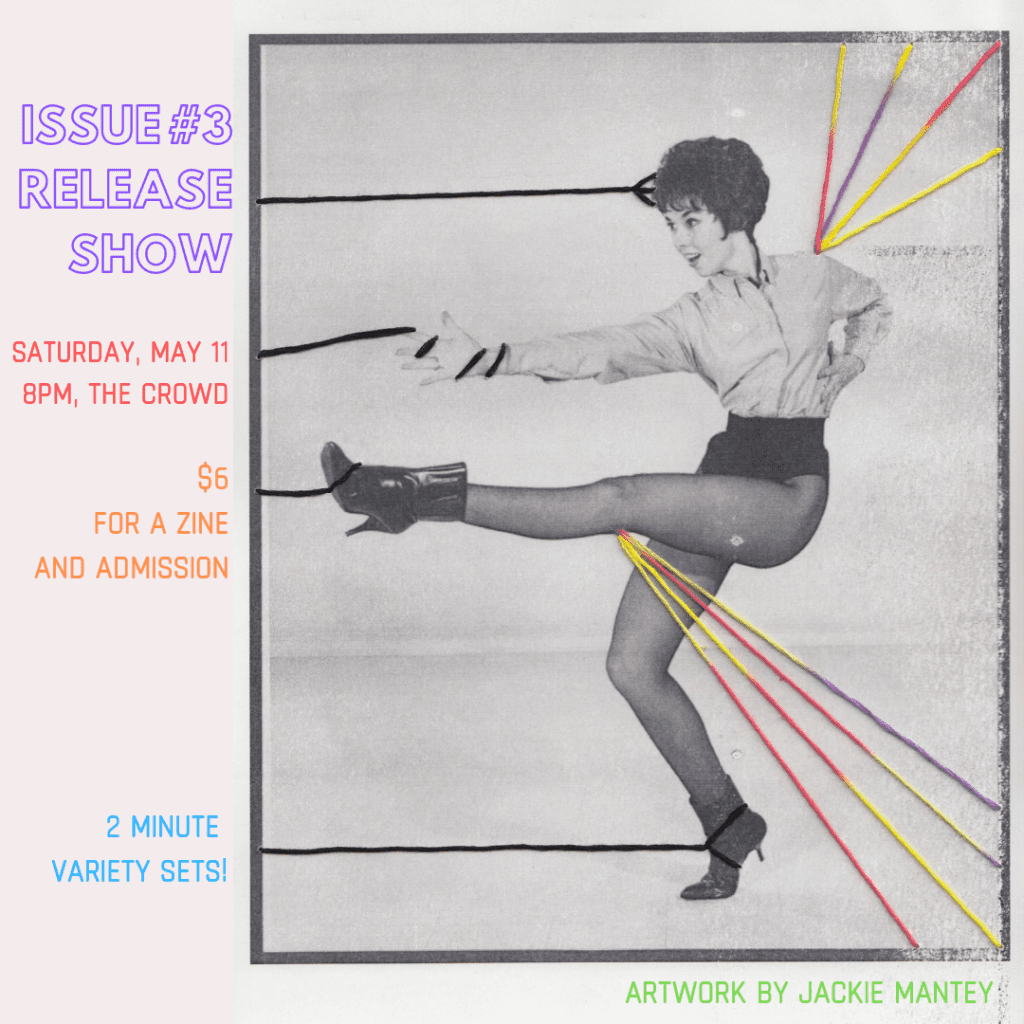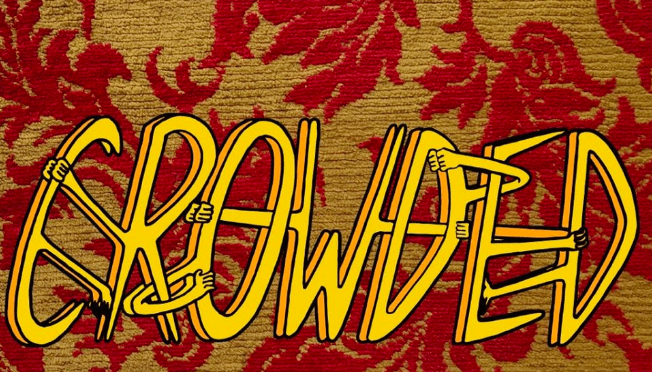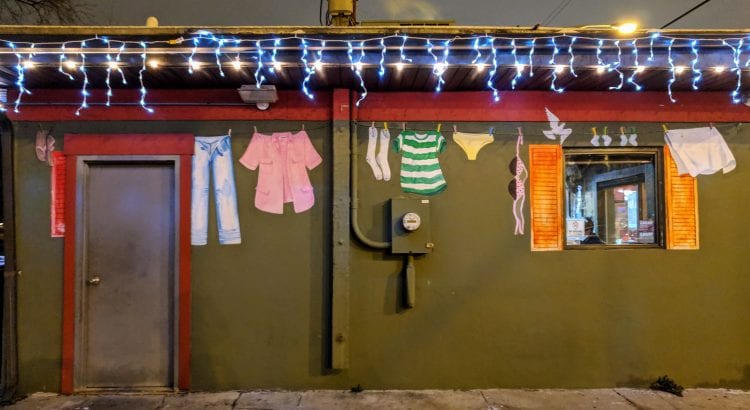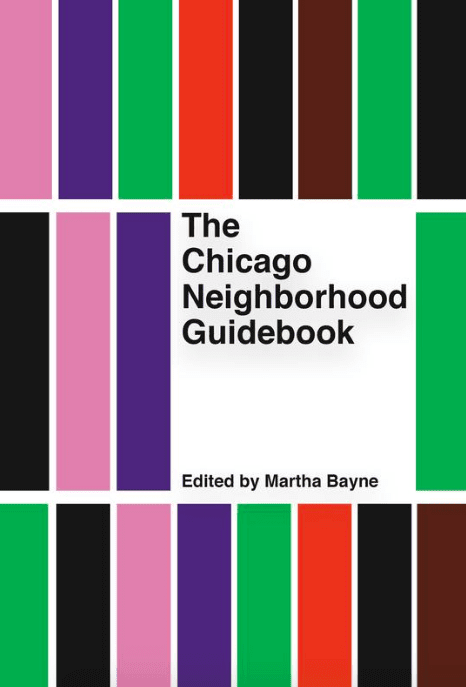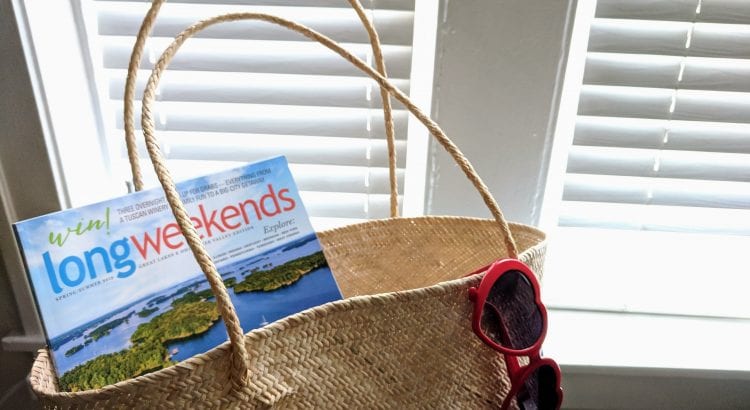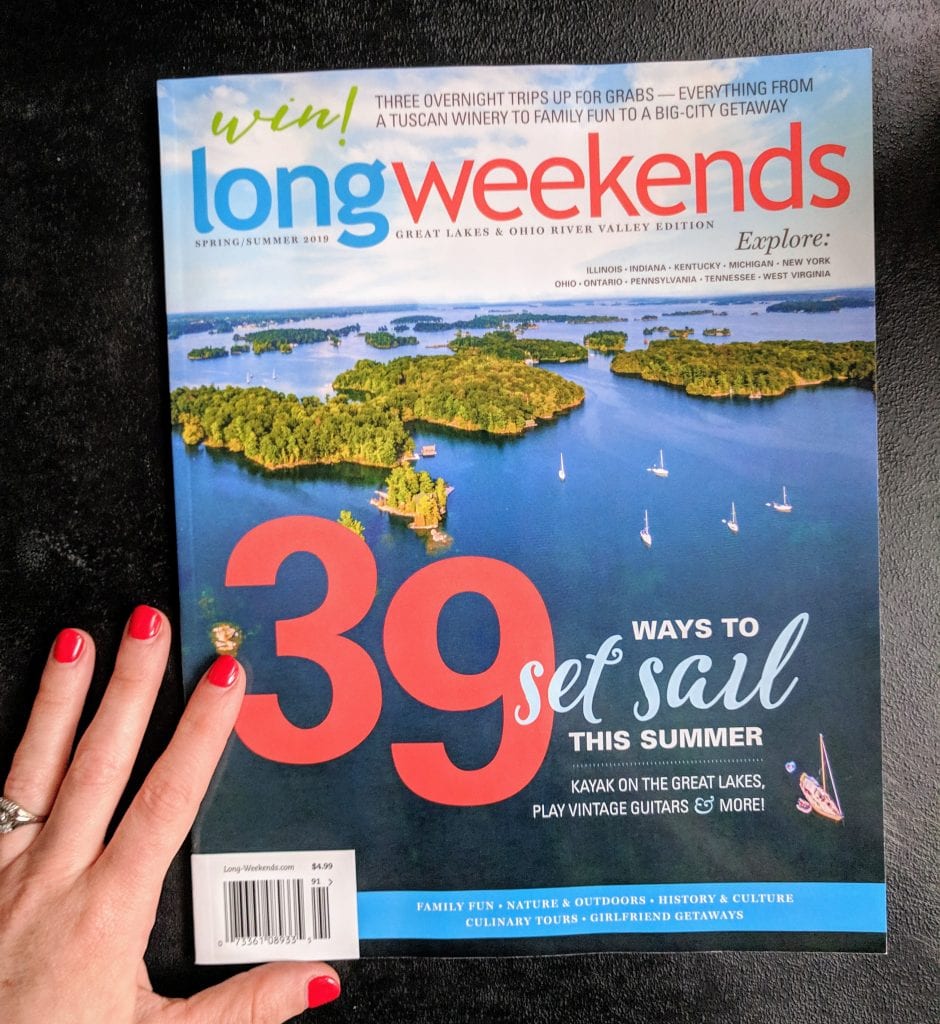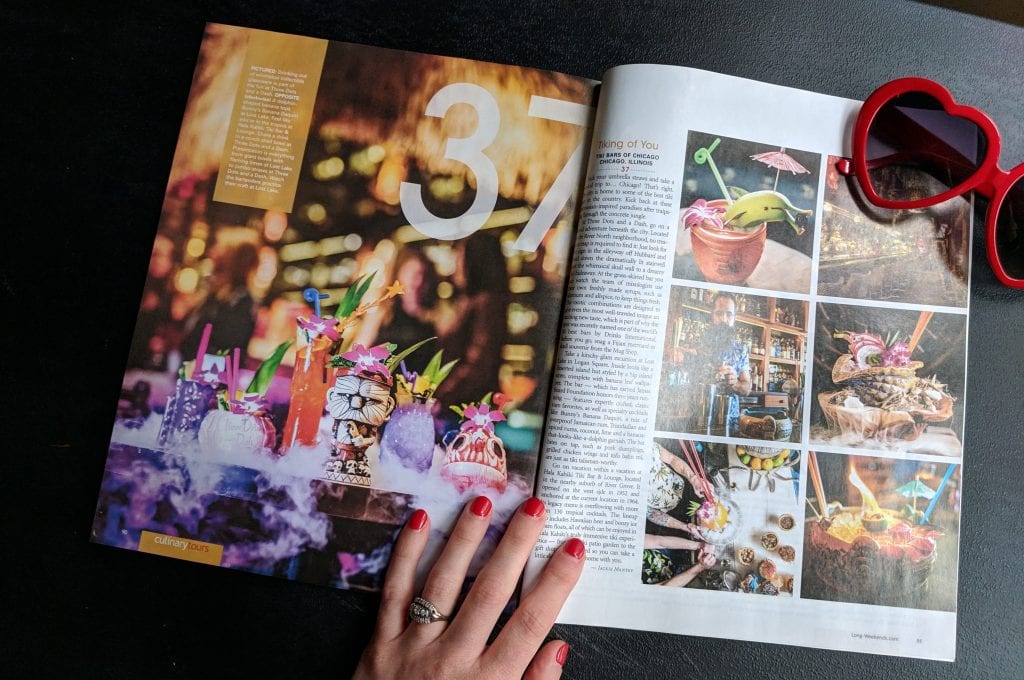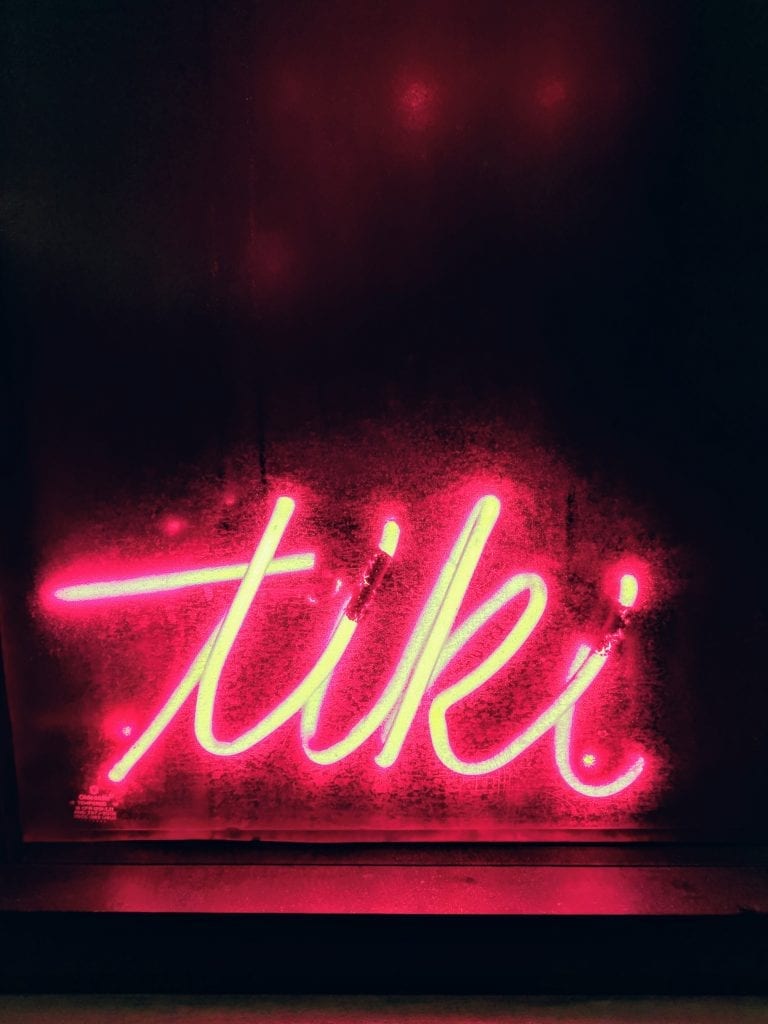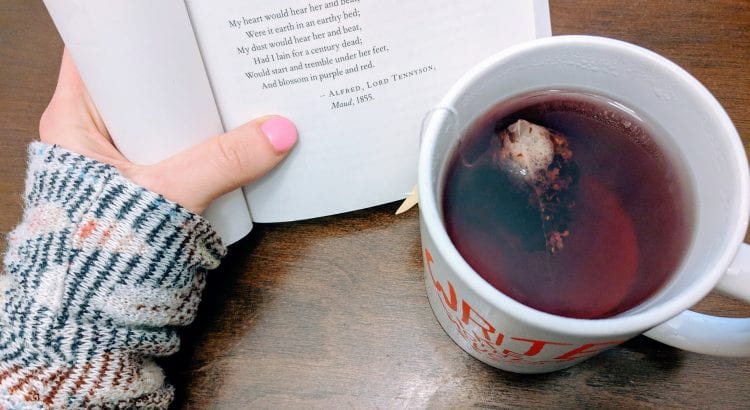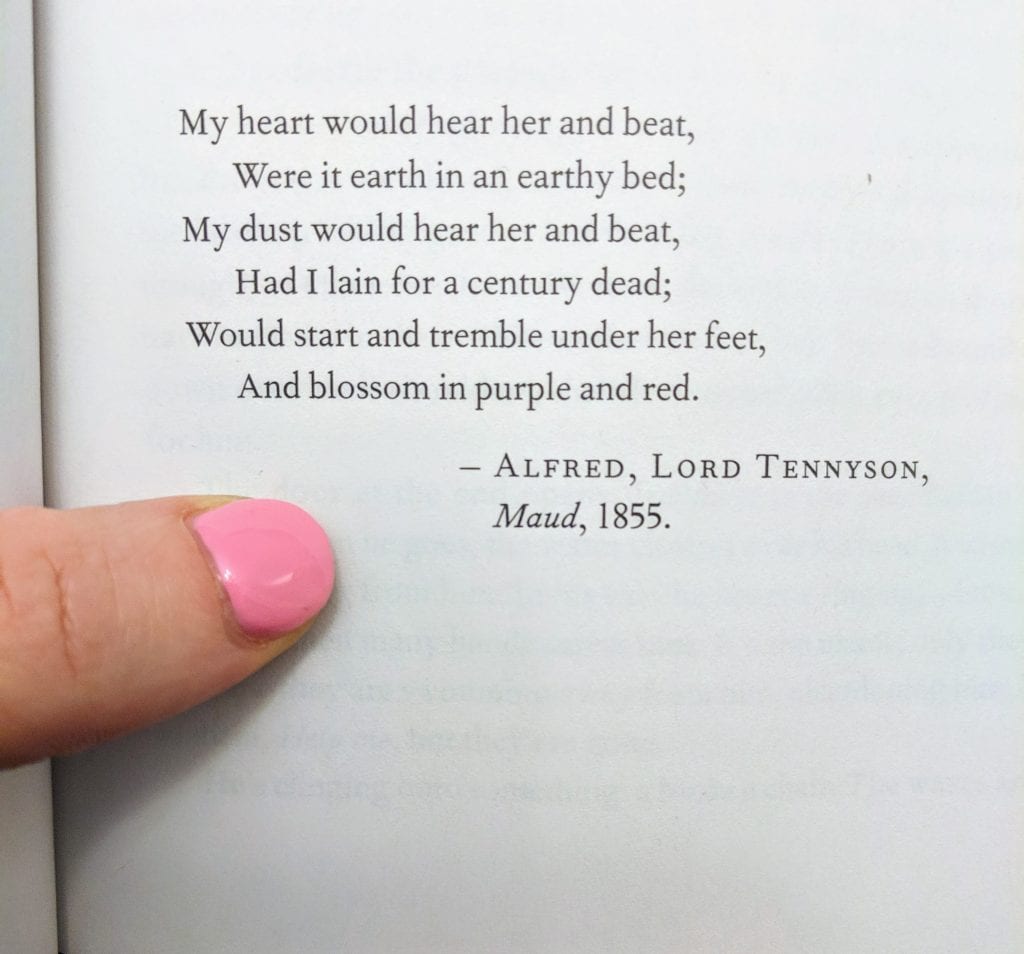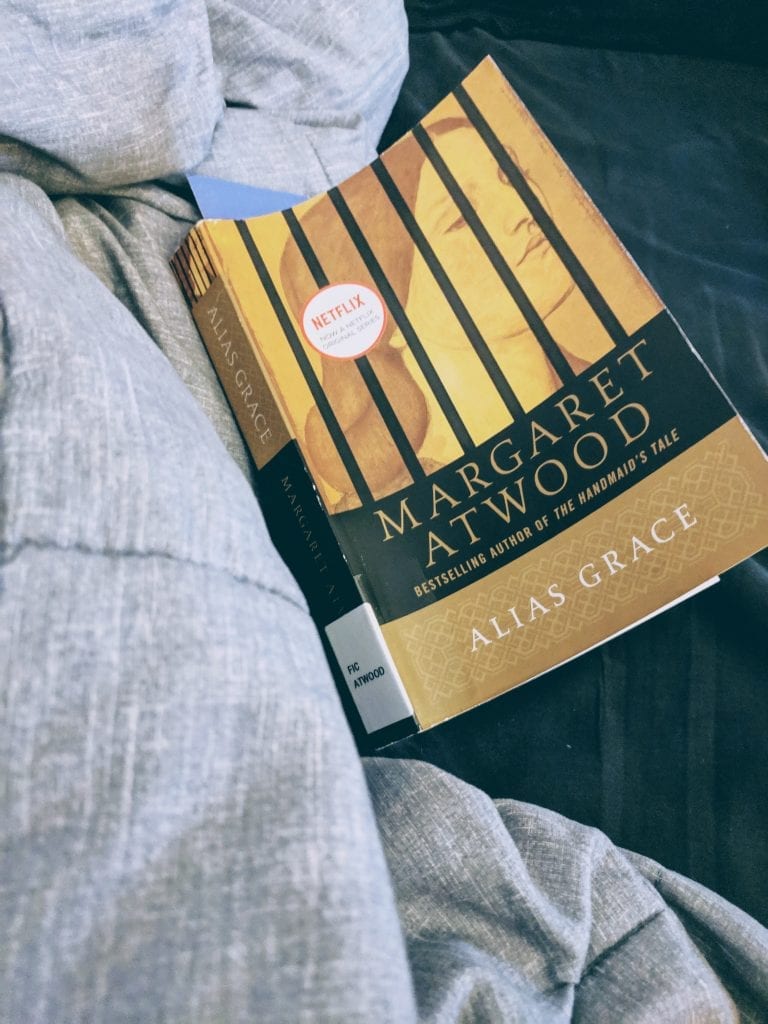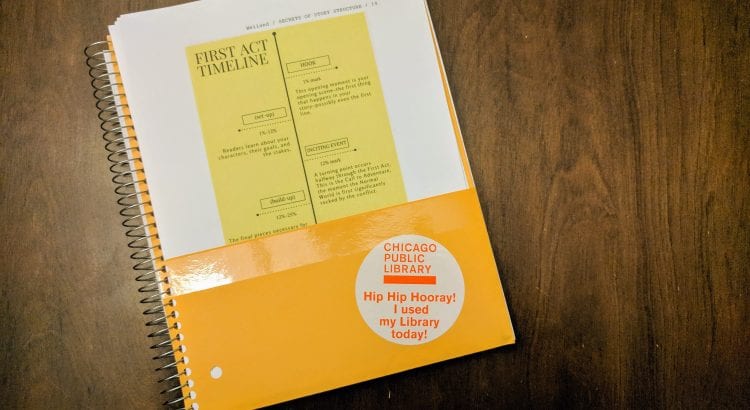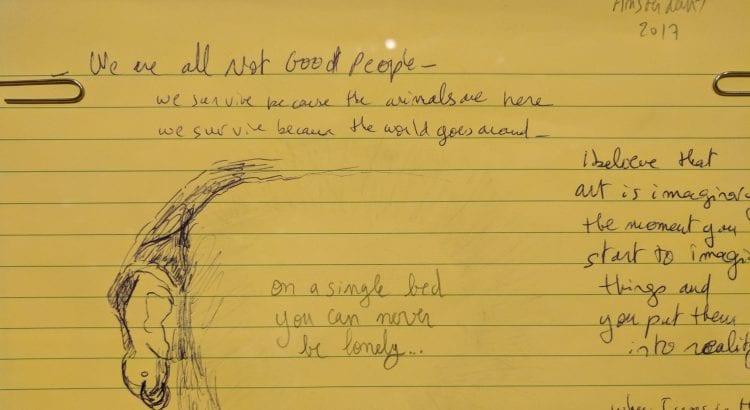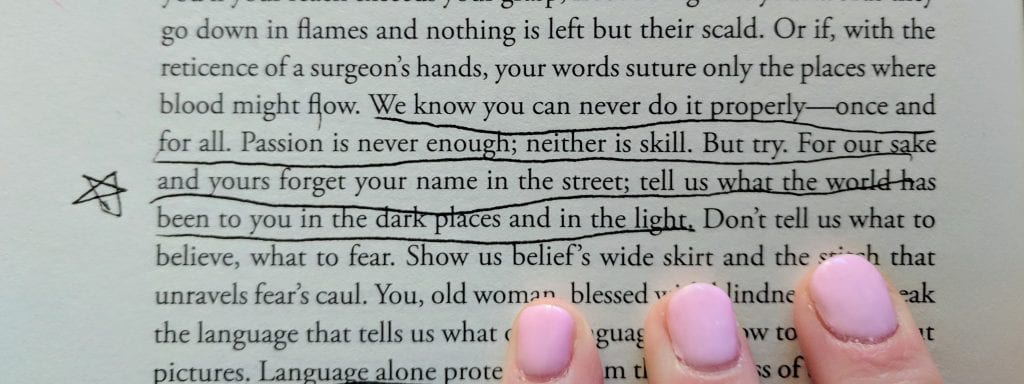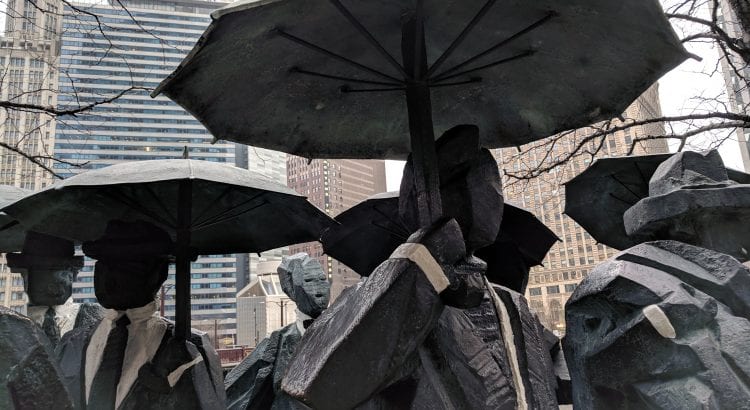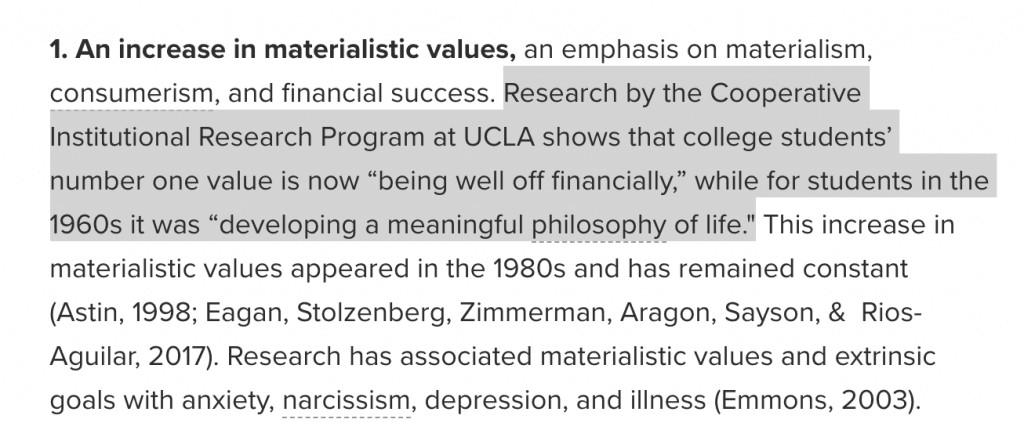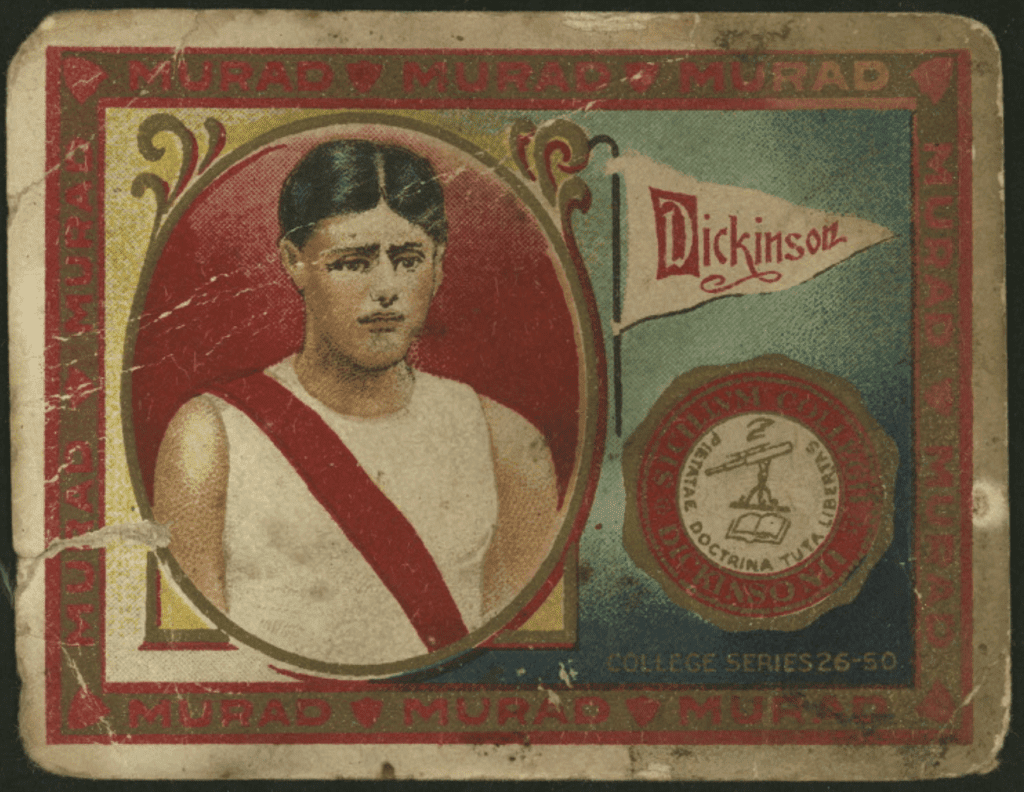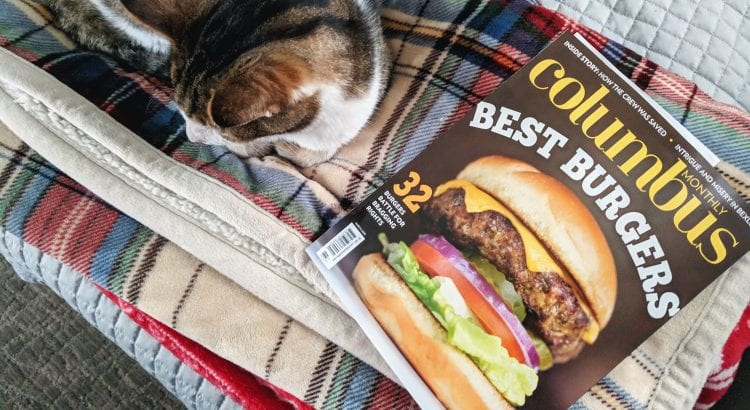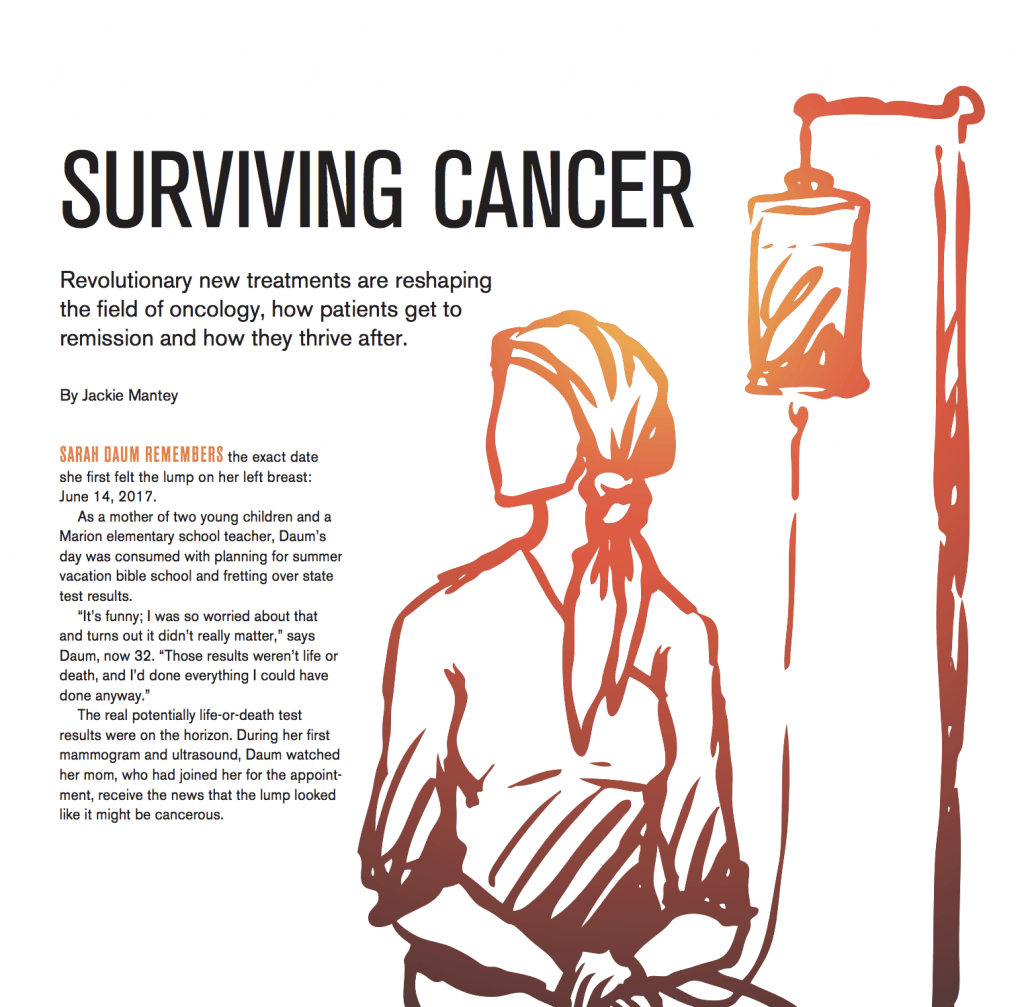I’m on stage before the show. Nerves threaten to drown me if these sweat rings (spreading like an oil spill in my armpits) don’t first. What if no one likes my story? What if no one understands what I’m trying to say?
The theater’s free sparkling water nips my nose and snaps me from my trance long enough to think about one of my nephews hundreds of miles away. The memory seems random at first.
On my last trip to Ohio, I’d visited him and his siblings at their house, giving myself extra time to play with the kids on their family’s brand new trampoline. Following a few standard edition games that kids seem born knowing how to play (ie., monster chase, jump contest [children edition, aunt as judge], duck duck goose), the oldest boy announced that it was time to play “Shhrrrs.”
<silence>
What? I said, gently, my mind frantically trying to connect his consonants.
Shhrrrs. He responded.
Shirts?
Shhrrs! Slower now, eye roll impending.
<I call for his translator [his mom] to come over.>
Can you describe it? She asked.
The things in water. Shhhhhhrrrrrrssss.
I don’t know what you’re saying, baby.
I am getting anxious, worried this child I desperately want to feel wholly capable is going to feel so frustrated that no one can understand him that he won’t want to play the game anymore—maybe not even jump on the trampoline with me, maybe forever feel insecure about saying what he wants or what he thinks because we cannot decipher the intended enunciations of this toddler speak! Disaster! Catastrophe! A message lost in a bottle at sea!
He looked at me. Then his mom. I waited for tears. That’s what I would have done probably. Right? Cry? Or change the subject, avoid confrontation, make a joke at my own expense, make sure everyone felt comfortable, doubt myself, ask someone else what they wanted to play instead?
I grew itchy, ready to jump in and suggest another game so he didn’t feel bad or embarrassed. But then…
Shhrrs. He said again, with such matter-of-fact, unwavering assurance and non-self-judgement, ready to sit there and keep speaking his truth until we all figured it out with him, I did almost start to cry but not because I was sad or worried.
SHELLS! My sister yelled from the porch deck. Also matter of factly.
Oooooooh! His mom and I said in unison. Sheeelllllsss!
Yeah. He said, excited. Shhrrs!
To play Shhrrs (aka Shells), the children lay in the middle of the trampoline with knees hugged to their faces and arms wrapped around themselves tight. Giggling optional, but likely. Aunt has to jump around these “shells” until they can hug themselves no longer and must open to the world—vulnerable, losers in an un-winnable game, but surging with the thrill of change without warning or control.
I jump around them and get the two smallest ones laughing and un-shelled in no time. The game’s mastermind, however, held on longer. A tough shell that’s all heart.
A few more hops… Boom. Open this shining little seashell popped, arms and legs now splayed open like a starfish, eyes still closed, cheeks I want to kiss salty with sweat, tiny body spinning in the air, dangerous, a smile given without question to the sun, unencumbered, his truth, having fun.
A 45-pound pearl of wisdom.
Back on a Chicago stage, I breathe again.
